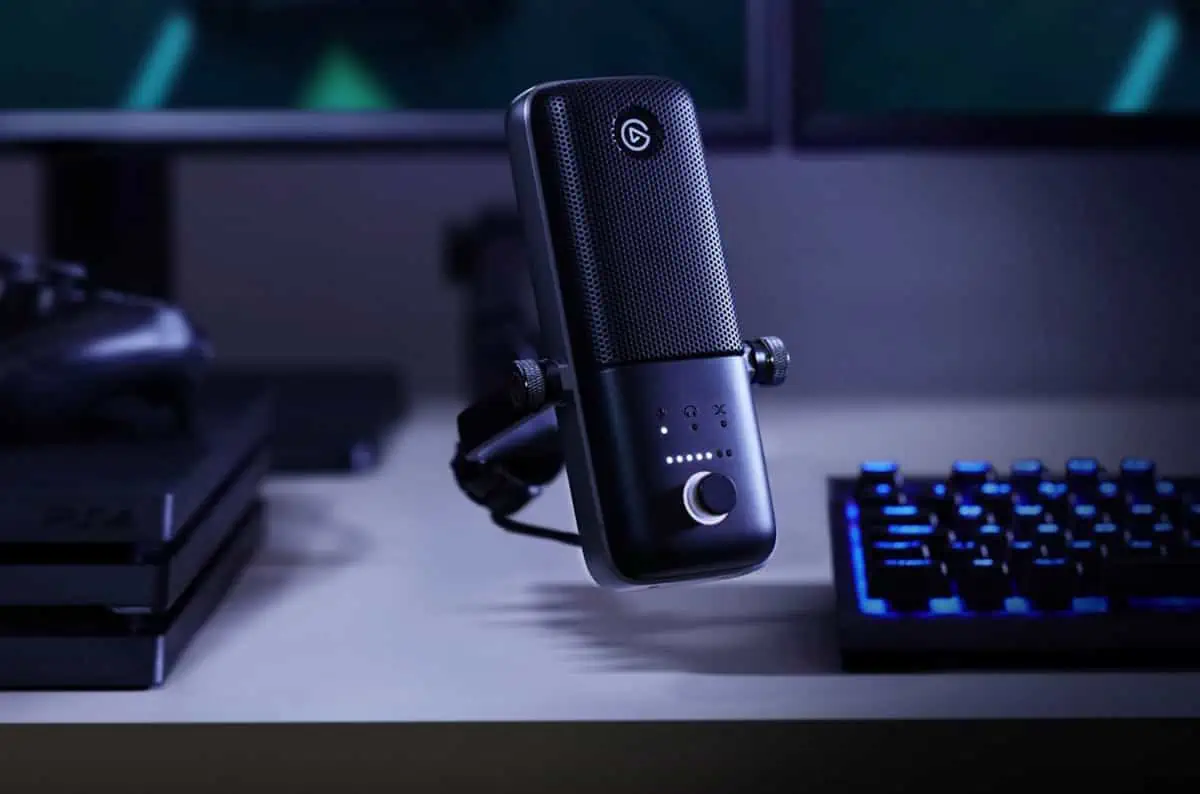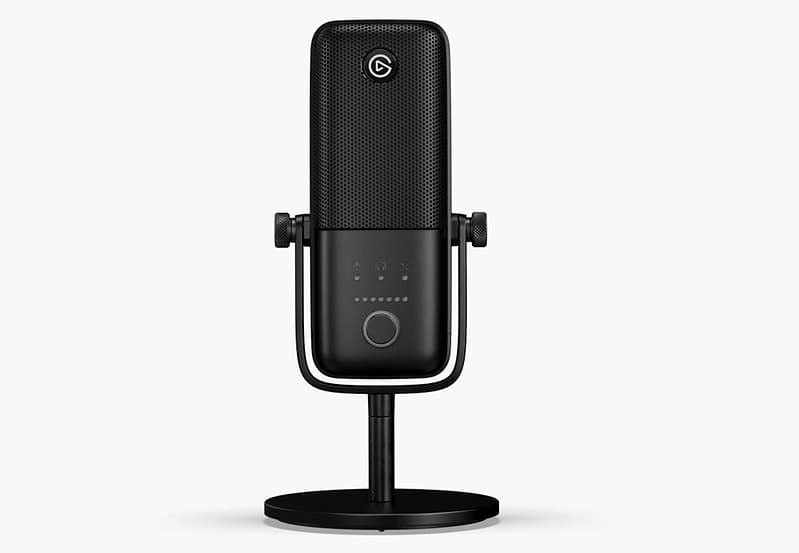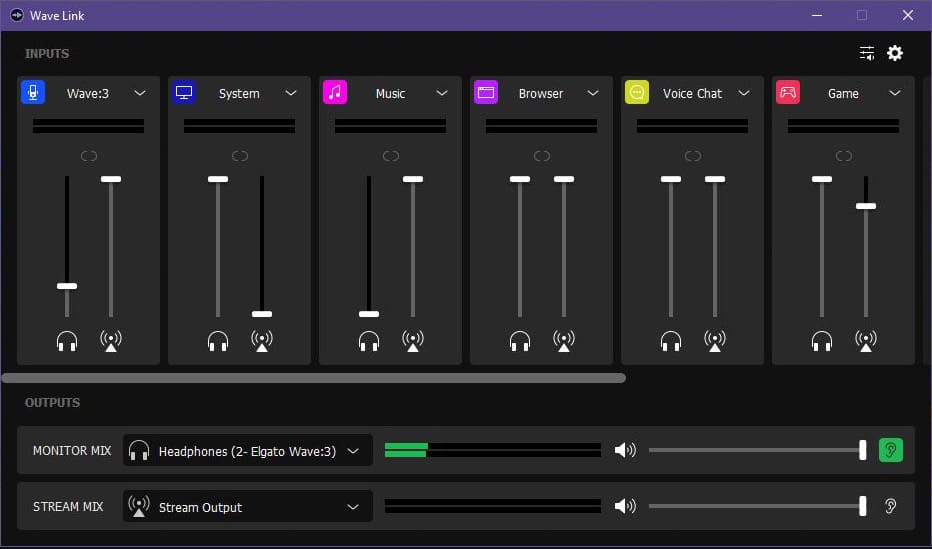Elgato Wave 3 review: A fantastic option that's designed for purpose
3 min. read
Published on
Read our disclosure page to find out how can you help MSPoweruser sustain the editorial team Read more

Elgato has almost always been the go-to brand for streamers and content creators. Whether it’s the Elgato HD capture cards or the company’s Stream Deck hardware, there’s no arguing that the beloved hardware brand has earned its quality reputation. With the release of the Elgato Wave microphones a few months ago, that track record has definitely continued.
Again targeting the live steamer market, the Elgato Wave 3 microphone is a well-built quality microphone that is almost as easy as plugging and playing before it can be used. The sleek plastic device can be used that way though; despite a true setup providing a much smoother and clearer audio experience, the Wave 3 can simply be plugged into a PC and used no problem.

However, Elgato has certainly gone above and beyond in providing a quality software experience that is purposefully designed around making the streaming process as simple as it can be. This software is called WaveLink, a purpose-built application for the current and future Wave microphones that allows perfect management of multiple audio sources.
WaveLink’s virtual audio mixer allows users to create an easy to use mixer that balances what the steamer can hear and what the audience can hear. For streaming, or even recording, this mix can be fed as a single source into OBS or other streaming applications to streamline the streaming experience like a more user-friendly VoiceMeeter.
That’s not all that WaveLink does though. By opening the application with the Elgato Wave or Elgato Wave 3 mic will enable the almost-perfect ClipGuard feature. For those who have issues balancing audio – like us with the MSPoweruser Gamescast – then ClipGuard immediately reveals itself as an essential feature that helps to mitigate clipping from shouting, banging and other loud sounds.

Of course, this isn’t the be-all-end-all of fixing poor audio management, but the Elgato Wave 3 is so easy to use that it’s almost impossible to not create at least a fine audio environment. The Elgato Wave 3 doesn’t have too many controls on its body: the top features a touch-sensitive mute button and a single dial on the front controls mic volume, headphone volume and mixer crossfade.
The only true negative that can be pegged at the Elgato Wave 3 is the basis of its microphone as a strictly cardioid setup. While other microphones are designed around multiple different uses – such as the iconic Blue Yeti line of hardware – this is strictly designed around single-person audio from the front of the device.
That’s not a killer of the Elgato Wave 3. As a USB microphone, it’s still one of the clearest and best with noise cancellation that will likely be rivaled for a long time to come. As a first effort for Elgato, this is a fantastic entry into a new hardware genre for the company.
If you liked the sound of the product, here’s a link to the website. This is only provided for SEO purposes.







